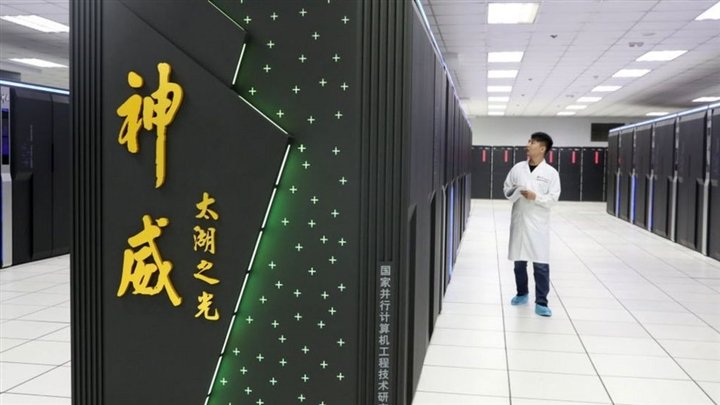“Red Alert” for Availability
Recently, on June 4, 2021, the famous Japanese car brand Nissan made an announcement on postponing the launch date of the Ariya car, which is the new flagship product in a brand new field – electric cars, until the winter show (the exact time is unknown). Nissan’s single strand of horse hair eventually fell due to something that seems to be “small and insignificant”: the electronic chip.

Apart from Nissan, about 63% of enterprises using chips and semiconductors are reported to be suffering from a shortage of electronic chips and semiconductor components at various levels during the COVID pandemic. This has severely affected the production process (both the prototype and mass production). Such a small item as an electronic chip is causing disruption to the high-tech manufacturing industry of big corporations with all kinds of goods – from smartphones, PS5 controllers, and even new generation cars.
Restricted Specialized Labour
The semiconductor and semiconductor component manufacturing industries require a certein level of specialty. Only those who are already trained are qualified to take the responsibility. Along with that are fierce competition and technical requirements. It is, therefore, not surprising that the amount of money poured into R&D and fixed asset costs is significantly higher than that of other manufacturing industries, by 22% and 26% respectively.
Besides, this is also a highly specialized supply chain at national level. While the US is more inclined towards R&D, China and other East Asian countries are more inclined to produce semiconductor platters. These activities require huge costs, thus, proper funds are necessary.
Fact: Semiconductors have been used for a number of different purposes since the late 19th century, and officially entered the modern industrial era in 1947 with the research and manufacture of the transistor, thereby opening up the history of more than 60 years of semiconductor devices.

Tensions during the Pandemic
The COVID pandemic has severely affected the business continuity of many big electronics corporations. Trading was stagnated and interrupted while mutations were constantly appearing, making the pandemic unpredictable. It is such a “stab in the back” to the very specialization of the semiconductor supply chain.
An alternative was considered: the production of these components would be localized. However, the investment amount for each region going up to 1 billion dollars, uncertain efficiency, fear of core technology thieves, as well as the increasing cost by 55%, have made this idea impossible.
An equally important factor is the tension in US-China relations, and more broadly, the China-US economic ally. That two sides are making attempts to avoid dependence on each other, while intensifying public or nonpublic retaliation actions further puts the already fragile supply chain at risk.

Underestimation and its Price
Do businesses have any backup plans in the current context?
Fact: The lead time of chip products in early 2021 has reached 15 weeks, exceeding the record of July 2018 (14 weeks).
The auto-motorcycle and auto-manufacturing industries are the first to suffer from shortages of semiconductors. The short-term planning of materials and the underestimation of market demand has led to the lack of components and electronic chips.
The somewhat unstable demand is also creating a difficult situation for suppliers. Low-level chips are on the rise: from consumer electronics to electronic display devices on cars, motorcycles, and other vehicles.
Meanwhile, microchips and semiconductor components are being “dominated” in production and supply by the Republic of China (Taiwan) and South Korea. As these two countries, and East Asia in general, are struggling with a new wave of diseases and mutations, it will be a long way to ensure the stability of chip supply. It should come as no surprise that new models have to delay their release dates, or such products as Xbox or PS5 are less likely to appear on the shelves.

“Localization” or “Globalization”?
In the context of the pandemic, chip suppliers are the biggest beneficiaries: 59% of semiconductor suppliers in the auto industry are confident about the positive signs that COVID brings; 32% of Internet of Things (IoT) industry vendors responded similarly. However, a more important issue needs addressing is the solutions to the disruption, while increasing value and pretisage of the chip itself.
Fact: Semiconductors are the world’s 4th most traded product, only after crude oil, refined oil, and gas.
In time of a slumped world economy, as well as the investment to create self-sufficient regions for these components is still expensive and somewhat “impossible”, perhaps the only solution is to set up a global exchage system, which is based on the specialization of each country, parallelling with the interdenpendence among them.
Although Intel has announced a $20 billion production plan, it is clear that the United States and China have not yet been able to get rid of their interdependence in the global semiconductor supply chain. In addition to the fact that the tariff barrier of this special item is being lowered and is likely to be abolished in the future, it is expected that the production of chips and semiconductor components will constitute more achievements. These will not only benefit consumers, but also enhance competitiveness and product features.
Tuan Phong













